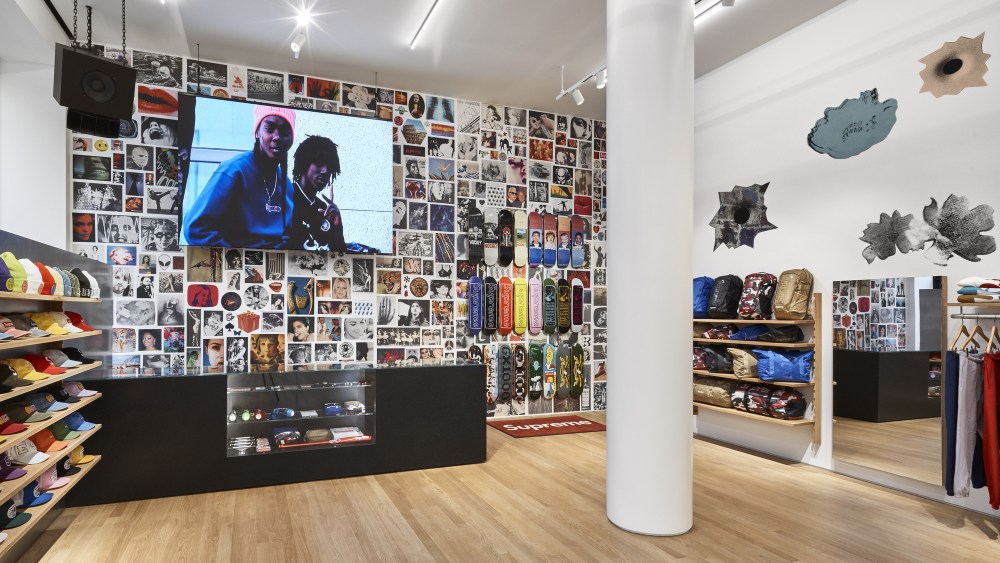Bracken Darrell’s reinvention of VF Corp. is well underway.
But while the strategy and management have changed, the financial results are still lagging well behind, with steep losses and sharp sales declines in the fiscal fourth quarter and continuing weakness in the U.S. wholesale market.
Still, Darrell, who’s been president and chief executive officer for 10 months, said VF is on track.
“Almost everything is playing out as I expected it would,” the CEO told analysts on a conference call. “We’ve taken the tough management that we needed to return to growth. Key organizational changes, leadership changes and strategic moves [will] have largely been executed by the time we get to the end of my first year.”
VF’s net losses for the fiscal fourth quarter widened to $418.3 million, or $1.08 a share, from $214.9 million, or 55 cents, a year earlier. Adjusted losses of 32 cents a share were well below the 1 cent in earnings analysts projected on average, according to Yahoo Finance.
Revenues for the quarter ended March 30 fell 13 percent to $2.4 billion, with The North Face down 5 percent to $814 million, Vans off 26 percent to $631 million, Timberland down 14 percent to $342 million and Dickies dipping 15 percent to $162 million. The other brand division, which includes Supreme, Icebreaker and other businesses, slipped 3 percent to $424 million.

Investors have already pulled their near-term expectations for the company way back, but grew even more cautious and sent the stock down 11.3 percent to $10.94 in after-hours trading on Wednesday.
VF has been going through its brand portfolio and looking to see what fits with its go-forward strategy.
The company has not revealed which brands might stay, but WWD reported last week that sources said Goldman Sachs has been helping with that process and that Supreme, which the company bought for $2.1 billion in 2000, is being shopped around.
Supreme is showing much more momentum than VF’s larger businesses and saw sales increase by a percentage in the low double digits for the quarter as the brand’s “Grow Wide” strategy produced strong performance in South Korea and, later in the quarter, a new store in Shanghai.
While the company plays coy on just what brands are in and which are out, Darrell gave updates on The North Face and Vans’ performance personally.
At Vans, he said the brand’s “inventory reset actions are helping create a cleaner market in which to introduce new product.” And at the stronger North Face business, the CEO said, “Our core focus there has been investing in product, design and merchandising.”
Darrell also dug in a little deeper on his Reinvent program to get the company back on its feet.

“Some perceive this as a simple restructuring plan or tactical steps,” he said. “It wasn’t, and it isn’t. Reinvent is a blueprint for transforming a company from declining to growing. It has three key phases running in parallel. Reset, ignite and accelerate. Reset is focused on a reset of the U.S. business, Vans, the cost base and the balance sheet. Ignite is about elevating how we show up in front of the customer. Here, our focus is on product design, innovation and merchandising on commercial excellence and brand building. Our reset and ignite phases are occurring in parallel and together they’ll set the stage for the third phase, which will be accelerating growth.”
To help make all that happen, Darrell has brought on former Spotify finance chief Paul Vogel as chief financial officer starting July 8.


